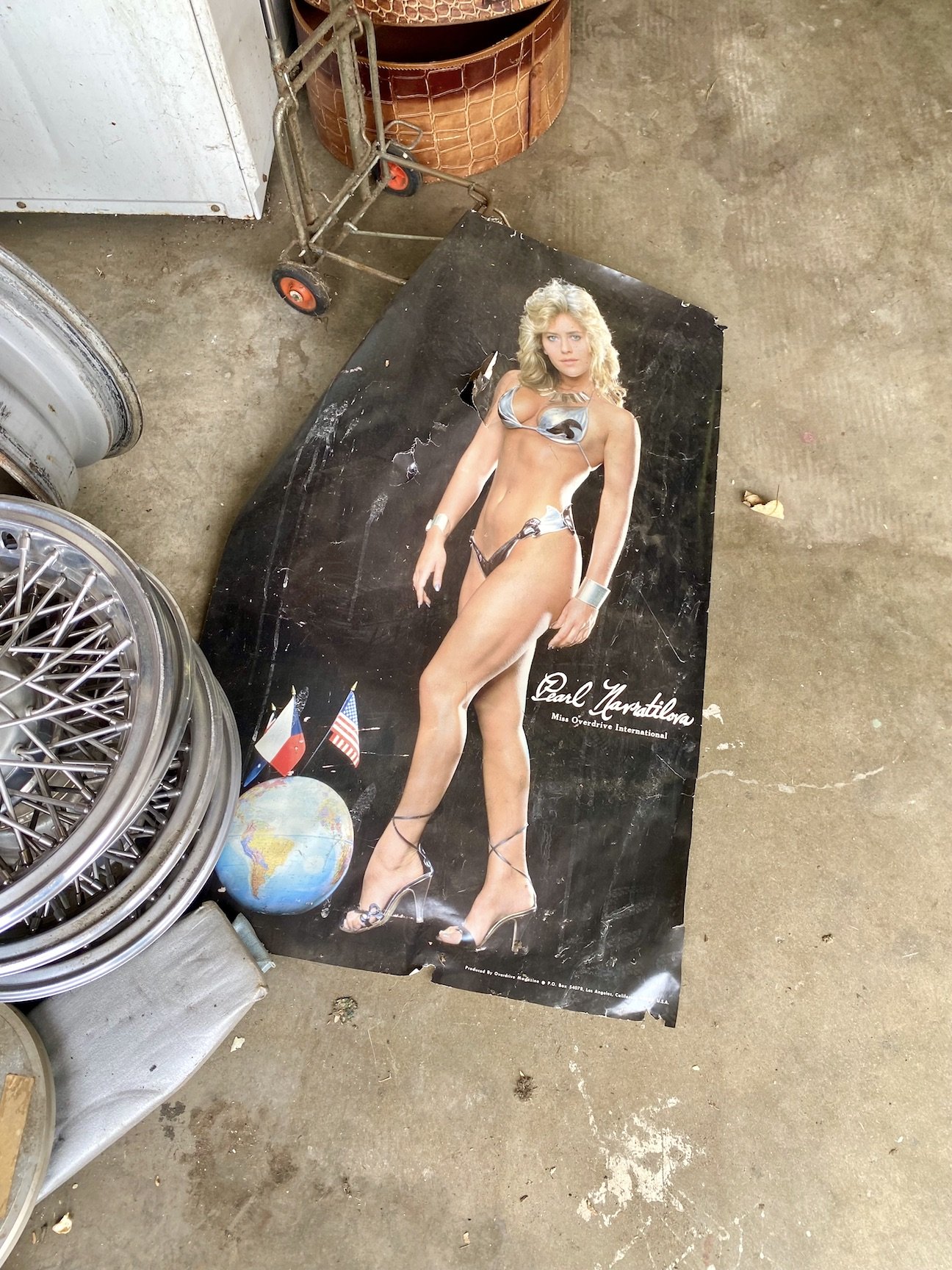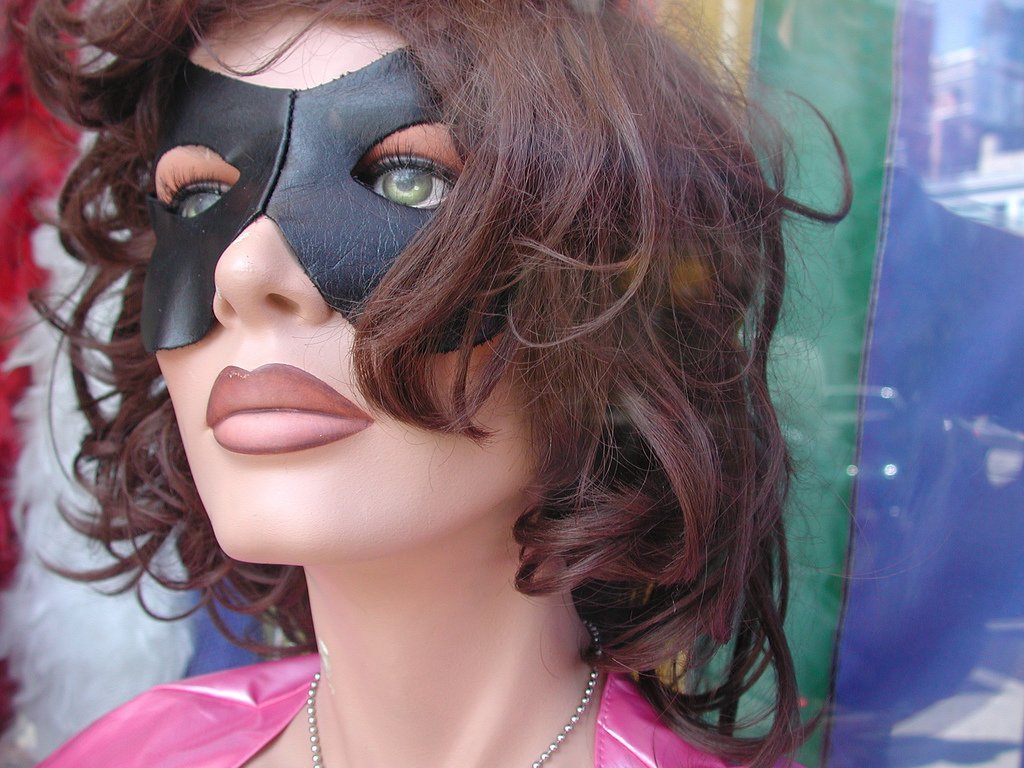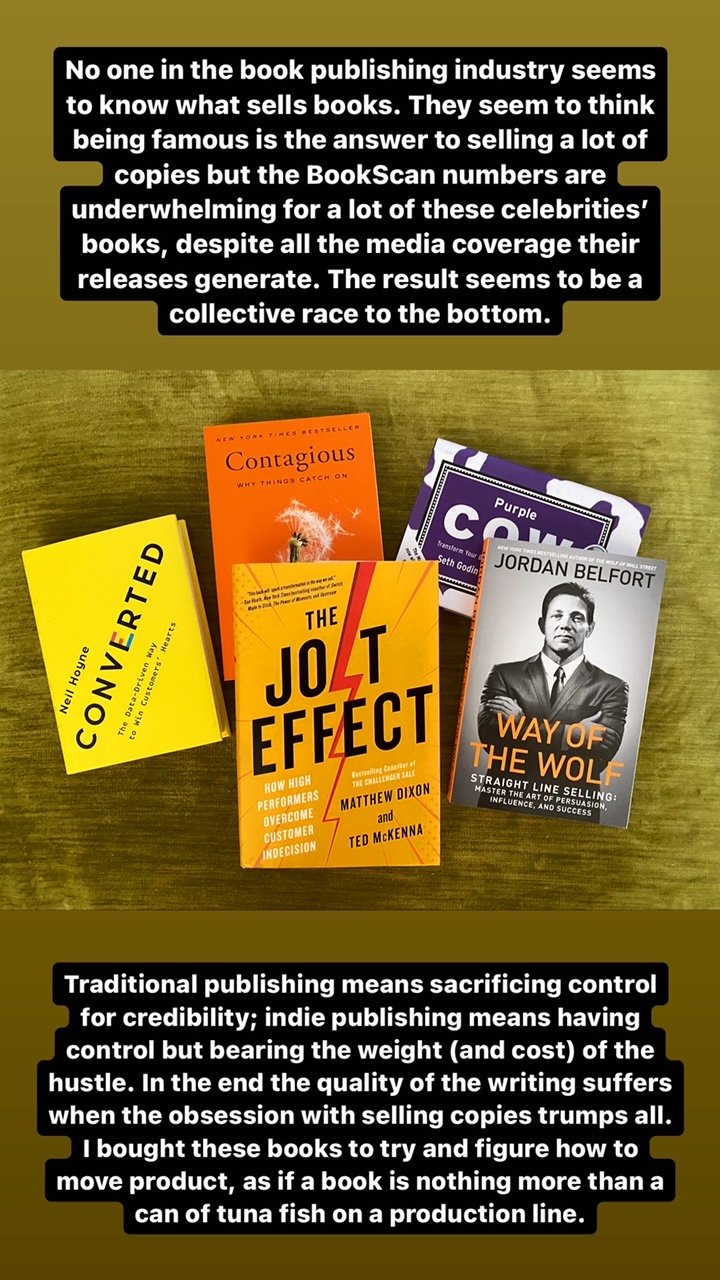This is part 16 of “Fuck You, Pay Me,” an ongoing series of posts on writing, editing, and publishing.
For this installment of “Fuck You, Pay Me,” I’m sharing an excerpt from my memoir, Data Baby: My Life in a Psychological Experiment. This is the beginning of the book, where I become a human lab rat. If you like what you read here, you can buy it on Amazon or wherever fine books are sold.
_____
As I understood it, my life in a psychological experiment began on the day I was born. At 1:38 a.m., on April 10, 1968, I was delivered in the maternity ward of an Oakland, California, hospital. According to my mother, I was a hideous baby. Instead of having two distinct eyebrows, my eyebrows met in the middle to form one long horizontal brow, otherwise known as a mono-brow, which, while flattering on the Mexican painter Frida Kahlo or the basketball player Anthony Davis, was unsettling on a newborn. Due to a severe case of jaundice, my skin and the whites of my eyes were a curious shade of yellow, giving me a radioactive glow. And my skull was grossly misshapen, the result of the compression my cranium had undergone as I journeyed down my mother’s vaginal canal. Unsure what to do (as if there was anything to be done) or say (as if there was anything to say) about my unfortunate countenance, the obstetrician cut the umbilical cord and thrust me in the direction of my mother.
At the time, my father—handsome, athletic, thirty-three, six-foot-four, from Brooklyn, New York—was a poetry professor at the University of California, Berkeley, and my mother—attractive (in a nerdy sort of way), svelte (when not pregnant), thirty (coincidentally, I had arrived on her birthday), five-foot-eleven, from Allentown, Pennsylvania—was an English instructor at UC Extension. They had met while pursuing their respective doctorates at the University of Minnesota and had relocated to the San Francisco Bay Area after my father had secured a tenure-track faculty position in the English department at UC Berkeley. While they intended to start a family eventually, my sister, who was born three and a half years earlier, had been an accident. I had been planned.
In those days, doctors believed that if a husband (say, my father) were to witness his wife (say, my mother) laboring to eject a small human being (say, me) from her vagina as she sprawled on a delivery table awash in a mess of her sweat, urine, and fecal matter, it could ruin a couple’s sex life. As a result, my father had been banished to a waiting room down the hall (such rooms were known as Stork Clubs), where he had spent the last several hours pacing, smoking, and eyeing the wall clock, alongside the other stressed-out, impatient, flustered fathers-to-be. Finally, the waiting room door opened, the nurse called my father’s name, and he was informed that both mother and child were resting comfortably and could be seen shortly. One of the other men offered him a cigar. Another man clapped him on the back. Thank god, my father, who was an atheist, thought.
“She’ll be tall,” he observed some time later, standing sentinel next to a hospital bed occupied by my mother. A nurse had propped her up with pillows and tucked me into the nook of her arm. He was relieved that I was healthy, that I had all of my fingers and toes, and that I was mostly shaped like a normal baby, but he had been hoping for a boy. He had wanted a son to teach how to play basketball. Given my height, which he projected would be exceptional, I could be taught to play basketball, he hypothesized. He started planning how to teach me layups.
My mother, whose long wavy red hair was tied loosely back and who was wearing a white hospital gown with a cornflower pattern, didn’t respond. As a post-delivery flood of oxytocin and endorphins coursed through her system, she scrutinized my visage, seeking to divine my future. Trying to ignore my unpleasant eyebrows (eyebrow? she corrected herself), yellowish hue, and oddly shaped head, she surveyed my large forehead, long eyelashes, and round face that reminded her of Richard M. Nixon, who was then campaigning to be the next president of the United States. It was hard to tell at this stage. Perhaps I would be a teacher, or a writer, or some other thing having to do with language, or words, or books (like my parents), she speculated hopefully.
“Have you got it?”
My father nodded and patted the pocket of his green army coat, which he had bought at a secondhand store. It had previously belonged to a soldier who had fought in a war that my father had no interest in fighting and into which he was exempted from being drafted.
“I should get going. I don’t want to be late.” He patted my mother’s left leg, which was sticking out from underneath the sheet, presuming that would suffice. “Will you be all right while I’m gone? I shouldn’t be longer than an hour.”
“We’ll be here.”
He brushed my mother’s cheek with a perfunctory kiss.
In the parking lot, he slid behind the steering wheel of a beige four-door 1967 Dodge Dart. He started the engine and drove out of the lot, heading north. He crossed the city border and entered Berkeley. Two blocks south of the university, he parked on the west side of a predominantly residential street. In the distance, he could see, the Berkeley Hills were shrouded in fog, the white tendrils curling around the tops of the redwood, pine, and eucalyptus trees.
He was early, so he settled in to wait. His light-brown hair was thinning at the top. He had circles under his green eyes, due to genetics and his propensity for worrying. Under his jacket, he wore a long-sleeved denim shirt; my mother had sewn a name patch over the left breast pocket that read JIM in red cursive and made him look more like a gas station attendant than a college professor, which was how he preferred it. My mother had sewn purple-and-gold ribbon to the bottom hem of his bell-bottom jeans, elongating them to accommodate his long legs. On his size 14, extra-wide feet he wore a pair of brown leather lace-up ankle boots with white rubber soles.
From the driver’s seat my father eyed the low-lying complex across the street, which consumed most of the block. It comprised two single-story, flat-roofed, warm-orange stucco structures with dark redwood piping that had been rendered in the Bay Area modernist style. The rectangular building to the north held the administrative offices; the T-shaped building to the south contained the classrooms.
On the right-hand side, a tall, dark redwood fence extended to the corner and obscured the outdoor play yards from view by any curious passersby. In front, a natural wood sign with white painted letters planted in a bed of ivy and framed by purple plum trees read:
UNIVERSITY OF CALIFORNIA
HAROLD E. JONES
CHILD STUDY CENTER
2425 ATHERTON STREET
Four decades earlier, a pioneering initiative led by the Laura Spelman Rockefeller Memorial had funded the establishment of child studies institutes at half dozen universities across North America: Yale University, Columbia University, the University of Iowa, the University of Minnesota, the University of Toronto, and UC Berkeley, the only Rockefeller-funded research institute in the West. At UC Berkeley, the Institute of Child Welfare planned to “study the factors that affect human development from the earliest stages of life.” But its researchers had needed children to study. An exclusive laboratory preschool had offered a win-win solution: The university’s faculty and staff got convenient, affordable, quality childcare and its researchers and students got young human subjects.
Originally, the preschool had been housed in a large, rambling wood house on the south side of campus, where a screened pavilion allowed researchers to observe the children while they played in the yard. From the beginning, it had been of the utmost importance that the children not know that they were being studied; if the children had realized someone was watching them, they might have changed their behavior, due to “the observer effect,” the phenomenon by which the act of observing something changes that which is being observed.
By the late 1950s, the Institute of Child Welfare had been renamed the Institute of Human Development, and the preschool’s ad hoc home had fallen into disrepair and been condemned. The university had enlisted Joseph Esherick, a tall, laconic UC Berkeley architecture professor, to design a new building. Esherick—who went on to design The Cannery, a shopping center in San Francisco, the demonstration houses at Sea Ranch up the coast in Sonoma County, and the Monterey Bay Aquarium down the coast in Monterey; who, in 1989, was awarded a gold medal by the American Institute of Architects, putting him in the company of Frank Lloyd Wright, Le Corbusier, and I. M. Pei; and who liked to say, “The ideal kind of building is one you don’t see”—had never designed a preschool before, much less one made for spying on children. In 1960, the Harold E. Jones Child Study Center, which had been named for the Institute of Human Development’s late director, had opened its doors to great fanfare.
My father checked his watch. It was almost eight o’clock. Moving determinedly, he pushed open the driver’s- side door, stepped out of the vehicle, and strode purposefully across the street. From the sidewalk, he made his way up the zigzagging entrance ramp. At the top of the ramp, he turned right, tracking east between the buildings along a concrete walkway under a dark redwood trellis canopied with translucent plastic panels in bright colors—ruby, tangerine, lemon, and turquoise—which on sunny days cast Technicolor shadows across the walls, windows, and walkways below. Three-quarters of the way down the path, he turned left. Moments later, he walked into the main office.
“Hello,” a woman said from behind the front desk.
“Good morning.” My father reached into his jacket pocket, from which he produced an envelope that contained an application for my enrollment. He handed it to her. “This is an application for my daughter.”
She took the envelope.
“She’s six and a half hours old,” he said.
“Congratulations,” she said, seemingly unsurprised.
“This is what we were told to do. Because of the waiting list.”
“We appreciate your interest,” she said and smiled enigmatically.
As my father retraced his steps, he picked up his pace. He had taken the day off from work, and now he had completed his mission. Tomorrow, he would drive to campus, where he had an office on the fourth floor of Wheeler Hall, a gray stone Classical Revival building. From the balcony, he would admire the view of Berkeley, the Bay, and the Golden Gate Bridge. Then he would go inside, sit down at his typewriter, and get back to writing his book.
_____
About | My Book I Newsletter I X I Instagram I LinkedIn I Consulting I Email

























